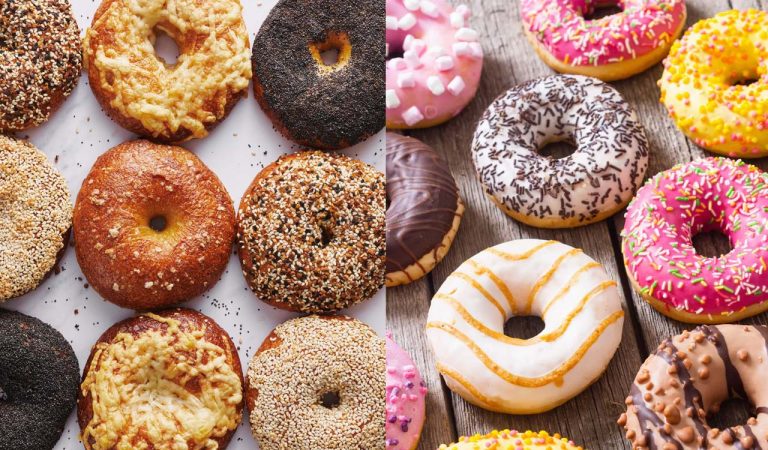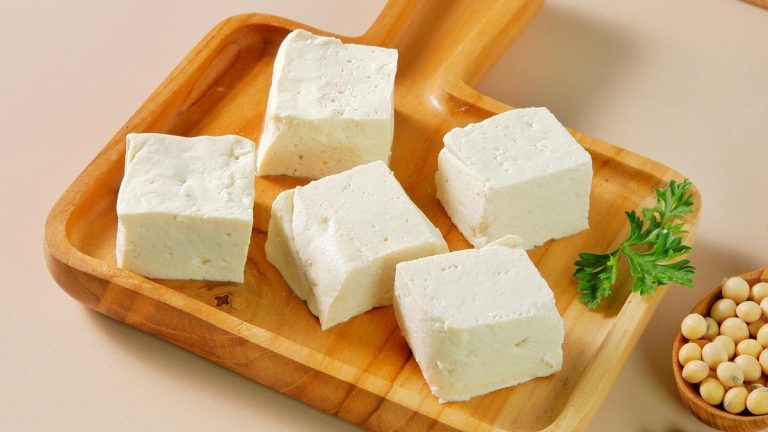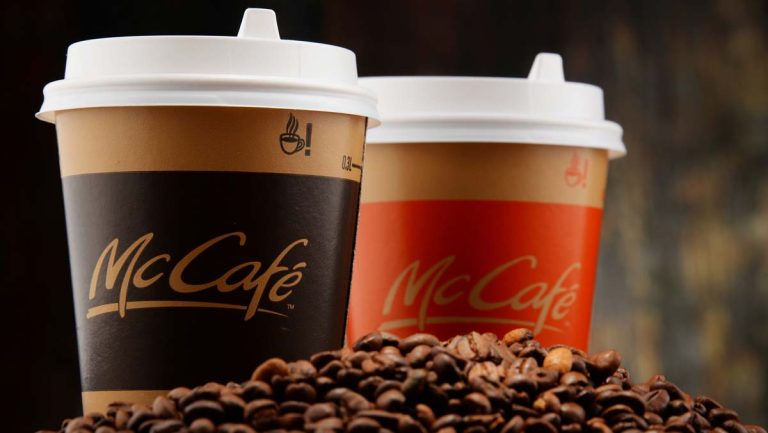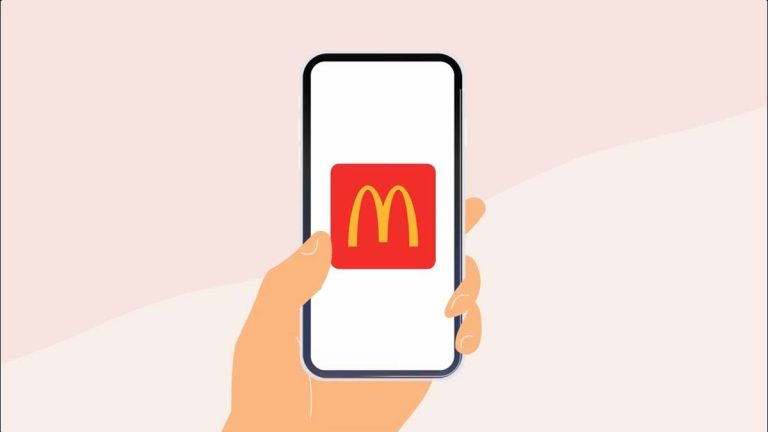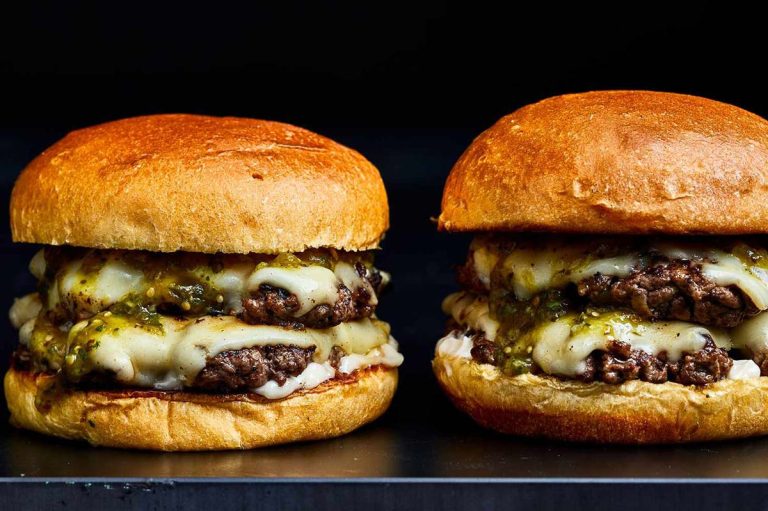Quick Oats vs Old Fashioned Oats: The Great Oat Debate!
Picture this: It’s a crisp Monday morning, your alarm is blaring like a rock concert, and the clock is ticking down to your first-hour meeting. You stumble into the kitchen, bleary-eyed, and faced with a crucial breakfast decision – do you reach for the quick oats or the trusty old-fashioned oats? Now this one is a dilemma that has fueled quite a few debates!
To be fair, both contenders in the great oat debate of ‘quick oats vs old fashioned oats’ promise different experiences. Quick oats offer speedy satisfaction, while old-fashioned oats provide a hearty, traditional chew.
Even more, both of them are more than just a convenient breakfast option; they are nutritional powerhouses packed with fiber, vitamins, and minerals. Versatile and delicious, they can be just the quick meal you need to conquer the day. But all things considered, which one truly reigns supreme in your breakfast bowl?
Well, fasten your taste buds, buddy! Today we’ll explore what makes quick oats and old-fashioned oats unique, similar, and essential to our morning routines, perhaps dodging a cereal crisis along the way.
So let’s roll up our sleeves and get into the oat-y goodness!
What Is Quick Oats?

When it comes to breakfast, quick oats are like the race cars of the oatmeal world – fast, efficient, and ready to rev up your morning! But what exactly are quick oats? Simply put, quick oats are rolled oats that have been processed to cook faster than their old-fashioned counterparts. They’re steamed and rolled thinner, then cut into smaller pieces, so they absorb water and cook in a flash- usually just two to three minutes!
Visualize this: you rush into the kitchen, frantically glancing at the clock and thinking, “Five minutes? Challenge accepted!” as you hurriedly get your morning boost before tackling your fully packed schedule. Enter quick oats!
With their convenience, they’re the ideal solution for anyone who needs to fuel up without sacrificing precious minutes. Just add hot water or pop them in the microwave, and voilà – you’ve got a hearty breakfast that’s ready before you can even decide what to wear!
But let’s not forget the fun side of quick oats. They’re like the superhero of your kitchen, swooping in to save you from a morning meltdown! If you’re running late or just in need of a speedy breakfast fix, quick oats are your trusty sidekick. Plus, they’re versatile enough to customize with your favorite toppings, from fresh fruit to a drizzle of honey.
So, if you’re looking for a breakfast option that fits your fast-paced life, quick oats are here to save the day!
What Is Old Fashioned Oats?

Old-fashioned oats, also known as rolled oats, are the breakfast equivalent of a cozy, hand-knit sweater – classic, warm, and always reliable. These oats aren’t in a rush; they’re here to ensure your morning starts with a touch of tradition and heartiness. So, what exactly are old-fashioned oats?
They begin life as whole oat groats that are steamed and then rolled flat into flakes. This process makes them easier to cook while preserving their chewy texture, which gives them that satisfying bite we all know and love.
Now, let’s talk about cooking time. Unlike their speedy quick oats cousin, old-fashioned oats take a bit longer to get ready – about 5 to 10 minutes, depending on your method. But here’s the catch: sometimes, the best things take a little time!
Those extra minutes let the oats soak up water and develop a more robust, chewy texture, perfect for those who like their oatmeal with a bit more substance. It’s the kind of breakfast that makes you feel like you’ve earned it, even if all you’ve done so far is roll out of bed.
There’s something undeniably nostalgic about cooking old-fashioned oats. It’s like stepping back to a time when mornings were slower and breakfast was a sacred ritual. Whether you’re simmering them on the stove or watching the steam rise from your bowl, old-fashioned oats give you that “grandma’s kitchen” vibe.
Sure, they take a little more effort, but in a world obsessed with shortcuts, sometimes doing things the “old-fashioned way” just feels right.
What Are the Similarities Between Quick Oats and Old-Fashioned Oats?
Regardless of how you roll (or cook) them, oats share one common destiny – deliciousness! So, no matter which team you pick in the ‘quick oats vs old fashioned oats’ debate, these two share more similarities than you’d think. Saying that, let’s give some love to both of these breakfast champs by diving into their shared traits.
Common Origin: Same Family Tree, Different Branches
First things first, both quick oats and old-fashioned oats come from the same wholesome source – whole oat groats. The only difference is how they’re processed. Quick oats are chopped up and rolled thinner for speed, while old-fashioned oats like to keep things slow and steady. But at their core (literally), both are born from the same nutritious oat family.
Nutritional Twins: Fiber, Protein, Vitamins in Abundance
Now, let’s talk nutrition. Whether you go for the quick version or the old-school style, you’re in for a nutritious ride. Both types of oats are rich in fiber, helping keep your gut in check and lowering cholesterol. They’re also packed with protein, keeping hunger at bay for longer stretches. Add in vitamins like B1 and minerals like magnesium and manganese, and you’re looking at a solid nutritional profile either way.
These oats might have a little sibling rivalry, but they’re practically twins when it comes to health benefits.
Versatility: The Grain with Infinite Possibilities
Both quick oats and old-fashioned oats are the masters of versatility. Craving a bowl of classic oatmeal? Either will work wonders. How about using them in overnight oats, smoothies, or crisp cookies? Yes, they’ve got you covered.
From breakfast to baking, oats can surely tackle a whole range of delicious recipes. To sum it up, oats are like the culinary chameleons of the grain world, seamlessly adapting to whatever dish you throw their way.
Verdict: Both Are Great Options for a Hearty Meal!
So, if you need a meal that’s fast, like quick oats, or something that takes its time to unfold, like old-fashioned oats, one thing’s for sure – they both deliver on that hearty, soul-warming goodness. It’s like having two siblings at a dinner party: one’s the life of the party (quick oats), and the other’s the wise, slow-talking elder (old-fashioned oats) – both fantastic in their own right, and both leaving you full and satisfied.
What Are the Difference Between Quick Oats and Old-Fashioned Oats?
When it comes to the great oat showdown of quick oats vs. old-fashioned oats, these two may share a common origin, but they’re as different as chalk and cheese. Each type brings its unique vibe to the breakfast table, and knowing their differences can help you choose the right one for your morning needs. So, let’s break down the unique traits of these oats, focusing on their textures, cooking techniques, and ideal uses:
Texture and Taste: Creamy vs. Chewy
Quick oats and old-fashioned oats have distinct textures that can dramatically affect your breakfast experience. Quick oats are like the smooth jazz of the oat world – creamy, soft, and almost velvety in texture. They break down during cooking, resulting in a bowl of oatmeal that’s wonderfully smooth and easy to eat.
On the other hand, old-fashioned oats are more akin to a classic rock band- hearty and chewy, with a robust texture that holds up well. When cooked, they maintain a satisfying bite, making each spoonful a delightful experience. So, if you prefer a creamy bowl of oats, quick oats are your go-to, but if you crave that chewy texture, old-fashioned oats are where it’s at!
Cooking Methods: Speed vs. Tradition
Next up is cooking methods, where quick oats shine like a shooting star. With a mere two to three minutes of cooking time (or just a quick soak in hot water), they cater to those rushed mornings when every second counts. Simply add hot water or pop them in the microwave, and you’re good to go!
In contrast, old-fashioned oats take a bit more time – usually around five to ten minutes on the stovetop. However, this slightly longer cooking time allows them to develop a deeper flavor, making them a favorite for leisurely breakfast sessions. Plus, they’re perfect for overnight oats, where they soak up the flavors overnight for a delicious morning treat.
Best Uses: The Right Recipe for the Right Oat
When it comes to recipes, knowing which oat to use can make all the difference. Quick oats are perfect for quick meals, like speedy oatmeal, pancakes, or muffins. They absorb liquid easily, making them great for smoothies and energy bites.
On the flip side, old-fashioned oats shine in recipes that require texture, like granola bars, oatmeal cookies, or overnight oats that need a little more substance. Their ability to hold their shape makes them perfect for dishes that require a chewy bite.
Health Benefits: Quick Oats vs Old Fashioned Oats

Regarding breakfast, you might wonder if it really matters which oats you choose. The truth is that both quick oats and old-fashioned oats offer impressive health benefits, but there are subtle differences that could sway your choice. So, let’s dive into the nitty-gritty of glycemic index, satiety levels, dietary needs, and fiber power that make oats a powerhouse breakfast option.
Glycemic Index: A Blood Sugar Balancing Act
While both types of oats are generally low on the glycemic index (GI), quick oats have a slightly higher GI due to their processing. This means they can cause a quicker spike in blood sugar levels.
If you’re watching your sugar levels, opting for old-fashioned oats may help you maintain steadier blood sugar throughout the morning. But don’t panic – neither will send your sugar soaring!
Satiety Levels: Texture Matters
The texture of your oats can affect how full you feel after breakfast. Quick oats are creamy and smooth, which might leave you craving more sooner, while the chewy texture of old-fashioned oats tends to keep you satisfied for a longer time. If you’re looking for a hearty meal that keeps hunger at bay, old-fashioned oats might be your best bet!
Dietary Needs: The Perfect Fit
Both oats are versatile enough to fit into various dietary preferences, from vegan to gluten-free. However, quick oats may be better suited for those in need of a quick energy boost, while old-fashioned oats can cater to those who prefer a more substantial and filling meal.
Fiber Power: Oats to the Rescue!
Did you know that oats contain beta-glucan, a type of soluble fiber that can lower cholesterol? It’s like oats are wearing superhero capes in the breakfast world! So pick a side in the ‘quick oats vs. old-fashioned oats’ debate; either way, you’re giving your body a hearty dose of goodness.
The bottom line, both quick oats and old-fashioned oats pack a nutritious punch, so choose based on your health goals and breakfast vibe!
Final Thoughts
In the great quick oats vs. old-fashioned oats debate, we’ve discovered that both oats have unique charms. Quick oats, the speedy sidekick, offer convenience for those bustling mornings, cooking up creamy perfection in just a few minutes. Meanwhile, old-fashioned oats provide a chewy, hearty experience that many breakfast enthusiasts cherish, perfect for leisurely mornings or wholesome recipes like overnight oats and granola bars. Both types come from the same nutritious whole oat groats, packing fiber, protein, and vitamins into every bowl.
Ultimately, your choice might come down to your morning routine and personal taste. So why not embrace both? Experiment with quick oats when you’re in a hurry, and whip up old-fashioned oats for a cozy weekend breakfast.
After all, the only thing better than a bowl of oatmeal is two bowls of oatmeal! So grab your favorite toppings, get creative, and let your taste buds run wild!
Bonus: Oatstanding Fun Facts!

Before we bid farewell to our oat-filled adventure, let’s dive into some delightful fun facts about oats, shall we? These quirky tidbits will tickle your taste buds and give you a whole new appreciation for this breakfast superstar!
Fact 1: Oats Are Naturally Gluten-Free!
First up, did you know that pure oats are naturally gluten-free? That’s right! They’re a fantastic choice for anyone dodging gluten. However, watch out for contamination during processing, as some brands may mix oats with gluten-containing grains. So, if you’re gluten-sensitive, keep an eye out for that “Certified Gluten-Free” label! It’s like finding a hidden gem in the cereal aisle!
Fact 2: Oats Have Ancient Origins
Oats have a long and storied history, being one of the last major cereal grains to be domesticated, around 2000 BC. That’s over 4,000 years of oat-loving goodness! From ancient fields in the Middle East to today’s breakfast bowls around the globe, oats have evolved significantly. Talk about a glow-up!
Fact 3: Quick Oats and Old-Fashioned Oats Are Equally Healthy
And here’s a myth-buster: quick oats are just as healthy as old-fashioned oats! The primary differences lie in texture and cooking time, not nutritional value. You can’t go wrong with either choice, with all that fiber, protein, and vitamins in abundance.
Now you’re armed with these fun facts, ready to take your oat game to the next level. Enjoy your breakfast adventure!


